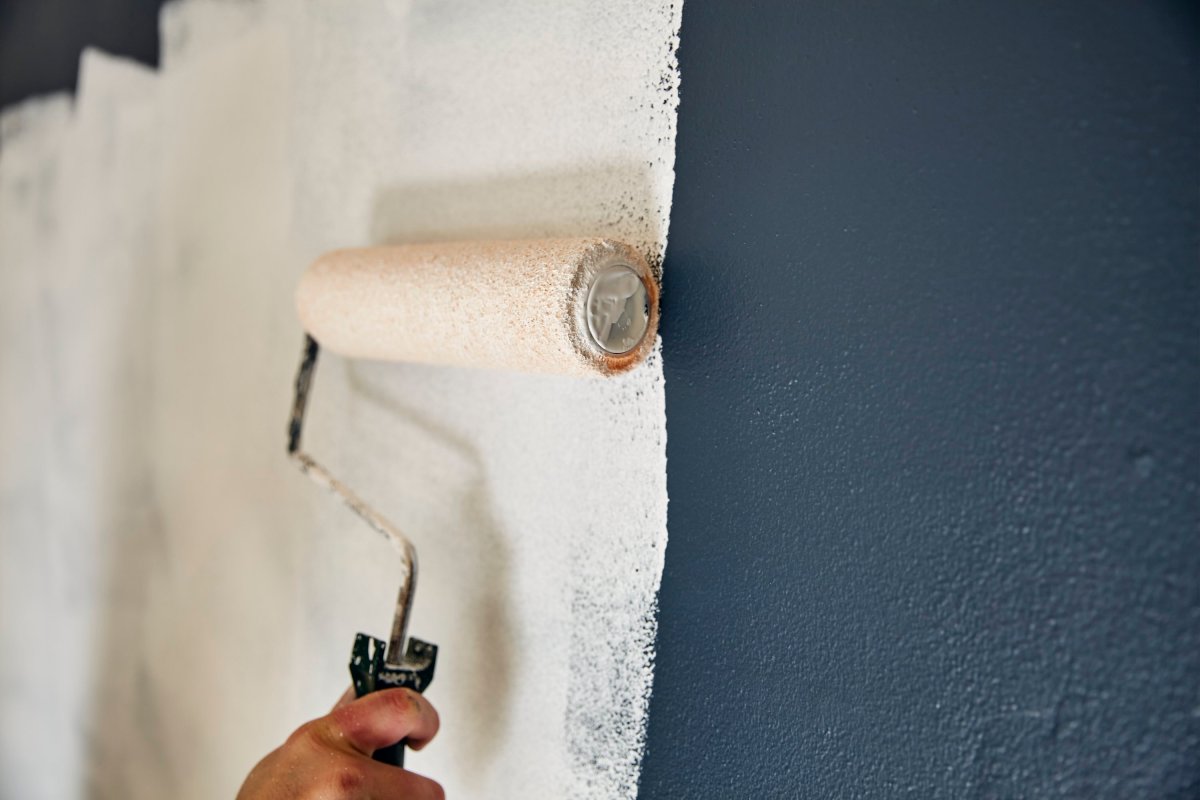Steam condensing on your bathroom mirror may seem like a minor issue, but for architects and builders, it can be a real headache.
“Moisture control is a major pain point,” Derek Stein, founder and CEO of Adept Materials. “If you Google the name of your favorite home builder and then ‘lawsuit,’ you’ll see a ton of examples.”
Homes and offices used to “breathe” through cracks and crevices that were overlooked during construction. But in the quest for greater energy efficiency, builders are sealing things up. Airtight buildings keep interior temperatures more consistent, but they can also trap moisture.
“Basically, buildings are being made more and more like beer coolers. It’s great for energy efficiency, but it’s pretty clear that people don’t like living in beer coolers,” Stein said. “And it leads to all these other problems, like moisture damage.”
Using a dehumidifier is one option, but it can be noisy and expensive. Stein, who was a physics professor at Brown University, invented another: a two-material system that helps homes self-regulate indoor humidity. His inspiration? Trees and semiconductor diodes.
Trees and other plants regulate their temperature in part by transpiring water through tiny pores in their leaves. If they get too hot, they open those pores and let more water evaporate, much like sweat cools our skin. When temperatures drop, they can close the pores to slow the rate of transpiration. Stein reasoned that if he could find a similar way to absorb and disperse water vapor at just the right times, he could make buildings more comfortable and energy efficient.
Many materials can do this, but they aren’t very smart at dispersing moisture. Without something to help the moisture move in the desired direction, such as out of a wall cavity, mold and rot can form.
That’s where the diode came in. As a physicist, Stein was intimately familiar with how they worked. In a diode, electrons can flow freely in one direction but are resisted in the other. In essence, they function like a one-way door.
What he came up with was a system of two materials. One acts like a sponge to absorb water vapor and release it over time. The other is a more typical weatherproof barrier, which helps block airflow while allowing water vapor to pass through. Stein’s sponge layer helps act as a traffic cop: When mounted on an exterior wall, the sponge layer pulls moisture away from the house through the inward-facing barrier. It stays there until the sun heats the exterior of the wall and evaporates the moisture.
Builders are buying a lot of weather barriers, estimated to be worth about $14 billion in 2022, according to Global Market Insights. But the construction industry tends to be cautious about new technologies, partly because fixing any problems they cause can be costly. “In construction, the valley of death is typically deep and wide,” Stein said, referring to the gap between a product’s development and actual customer adoption.
To cross the valley, Adept is designing its building envelope to look and feel like the old stuff. “One of the big barriers to adoption is if something looks and feels different,” he said. “People are resistant to change.”
While Adept refines its water-resistant barriers, the startup will sell another product, a paint and primer system designed for bathrooms. The primer acts as a barrier layer, while the paint acts as a sponge. When humidity rises in the bathroom, the super-absorbent paint attracts the moisture and doesn’t release it until the humidity in the bathroom drops.
To test the paint’s performance, Adept built a bathroom-sized room and boiled water to increase humidity. The paint managed to keep humidity 14 percent lower than conventional paint, Stein said. Adept’s paint and primer will hit the market early next year.
The startup recently raised a $4 million seed round to help bring the paint to market while continuing to develop the water-resistant barrier. The round was led by DR Horton with participation from PulteGroup. Both are among the largest home builders in the U.S.
“As a startup company, you want to do pilots and things like that, but people might not give you the time to do that,” Stein said. “But if the largest home builder in the United States says this is interesting for us, then it moves the needle.”





